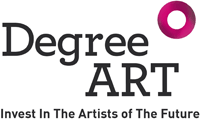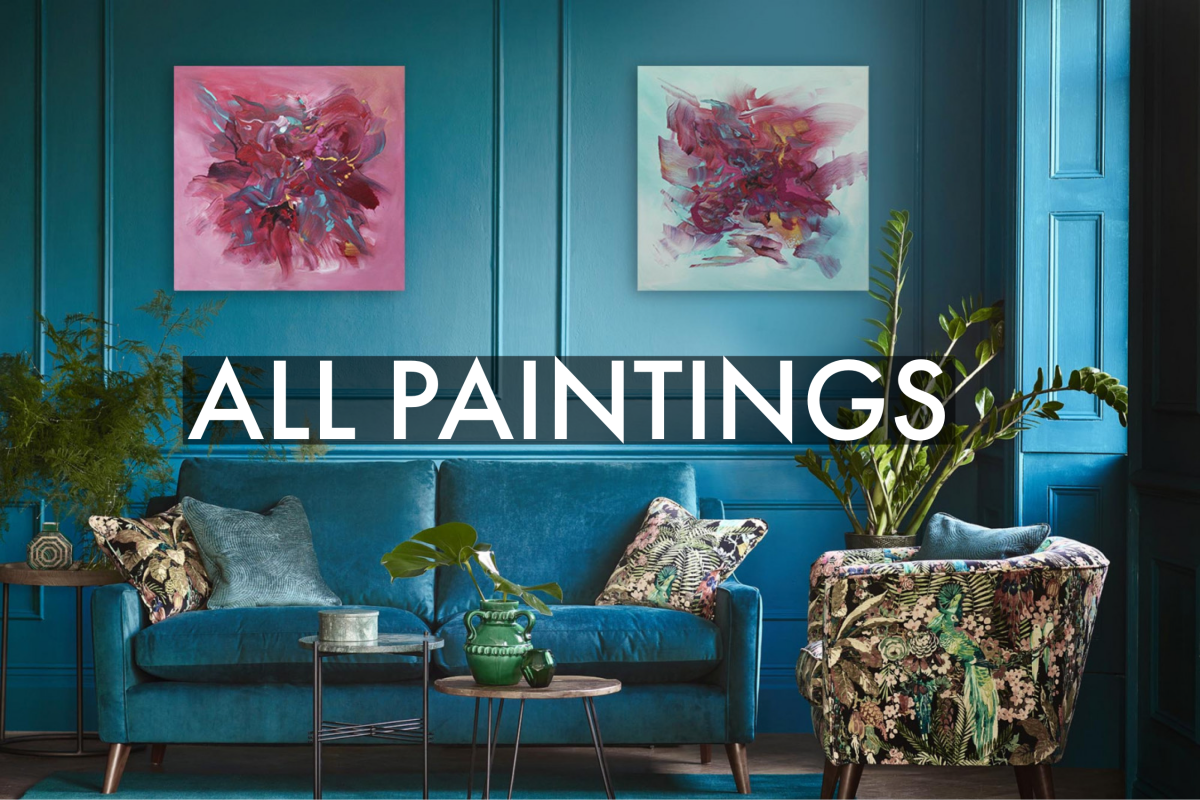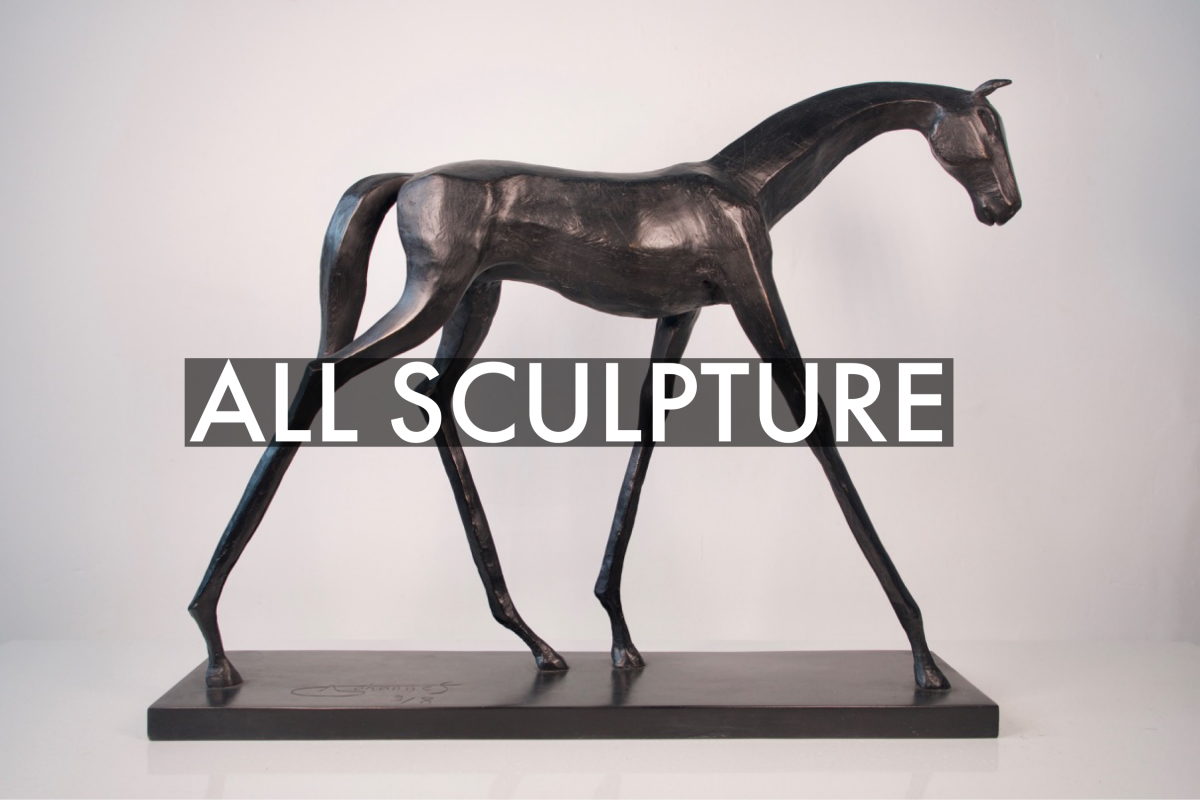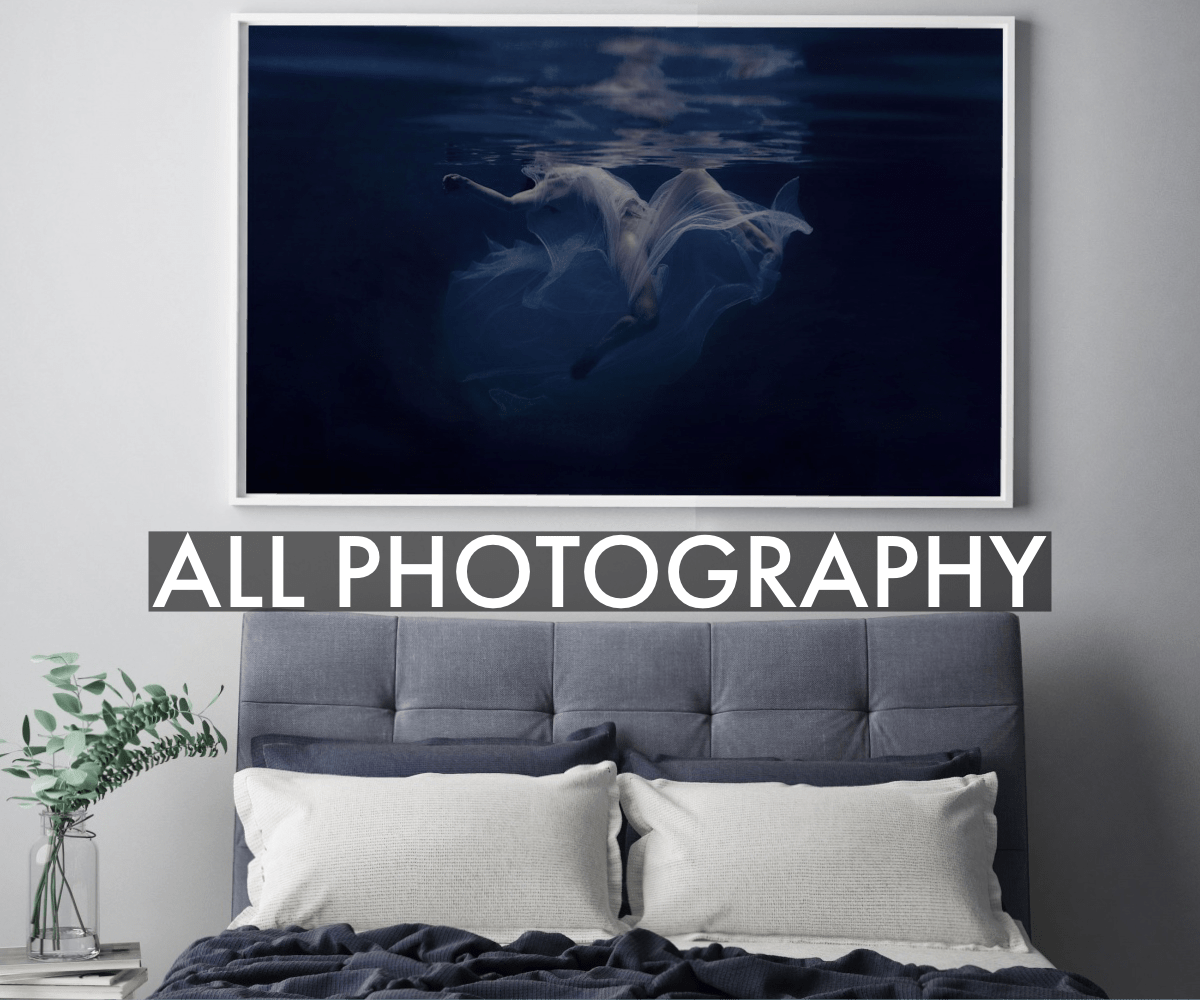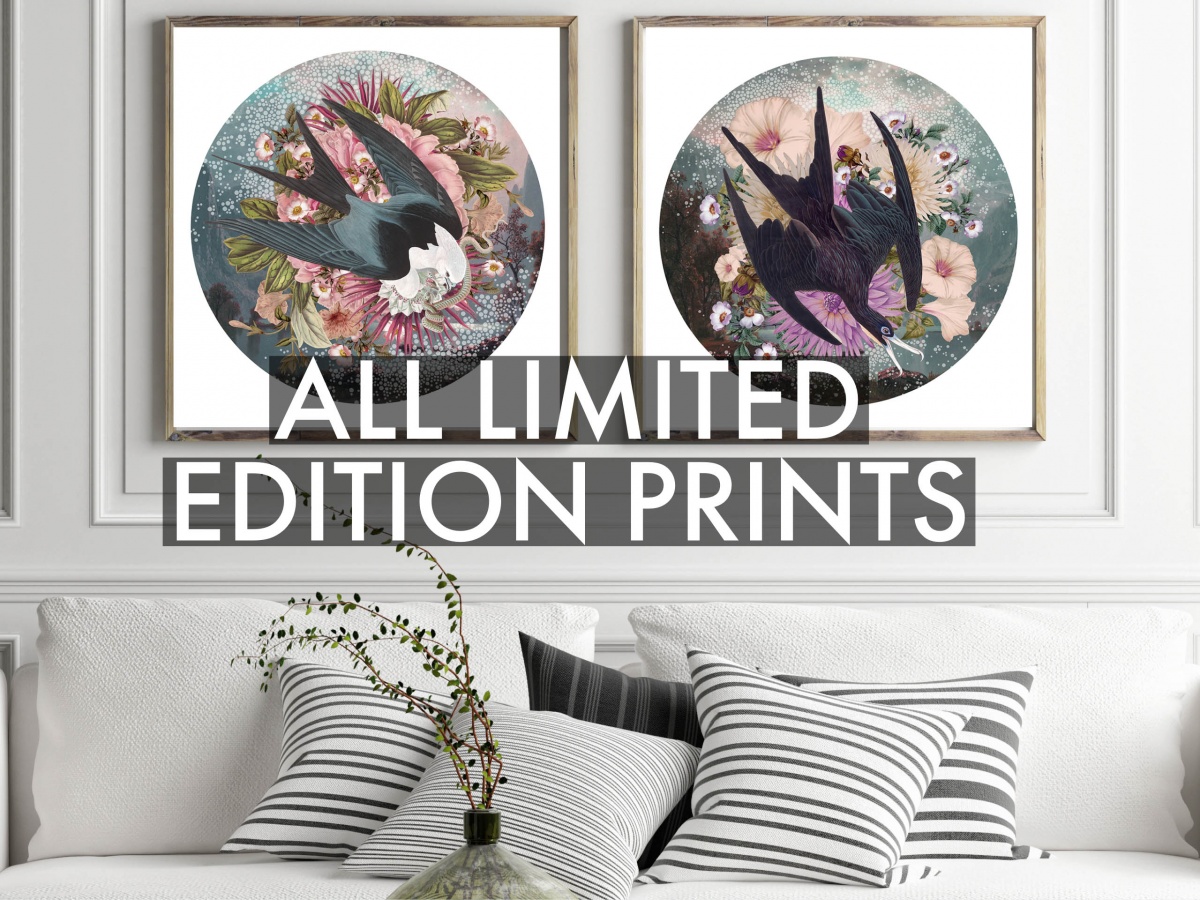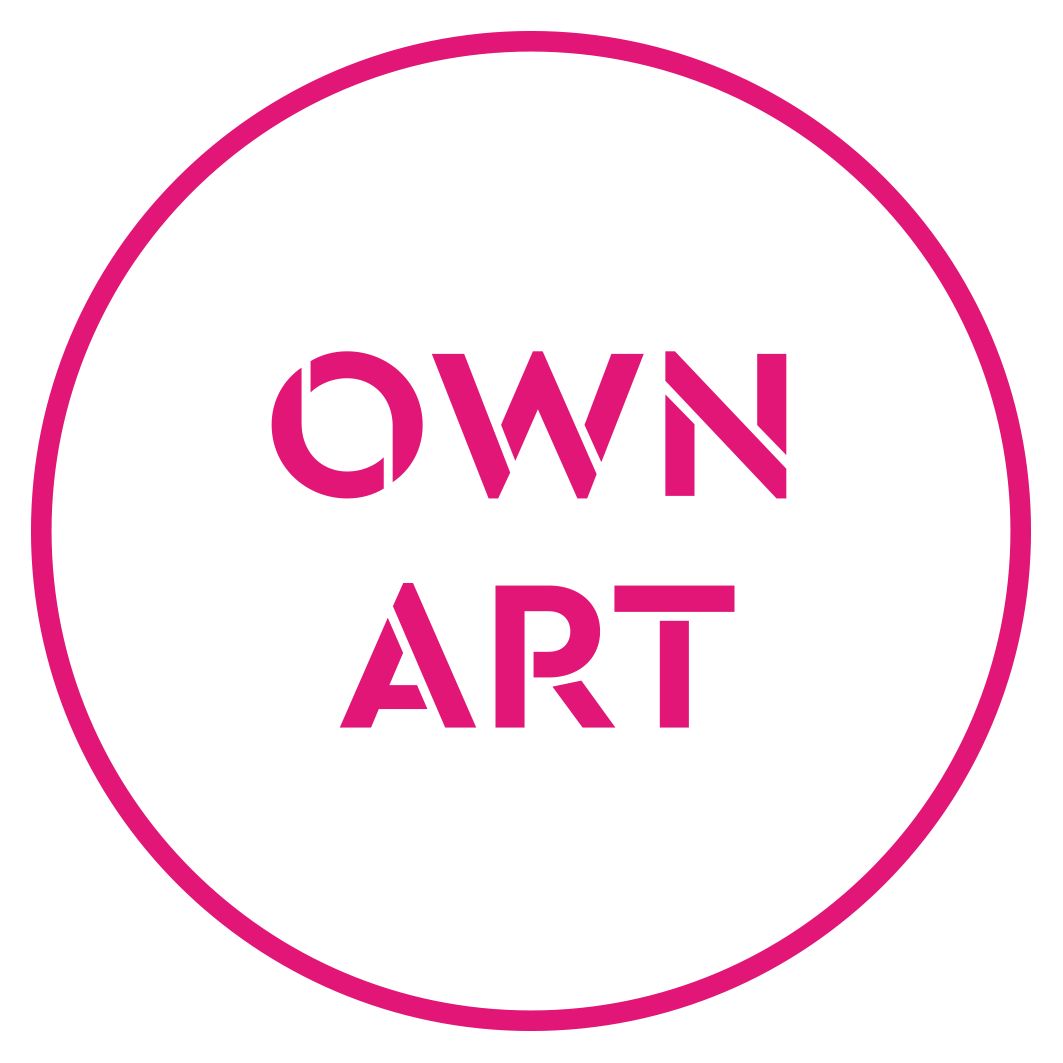Meet the artists that have taken over our Instagram every Thursday in the past month! Showcasing exclusive interviews with Sumit Mehndiratta, James Willis, David Ridley, and Phil Davis.
SUMIT MEHNDIRATTA
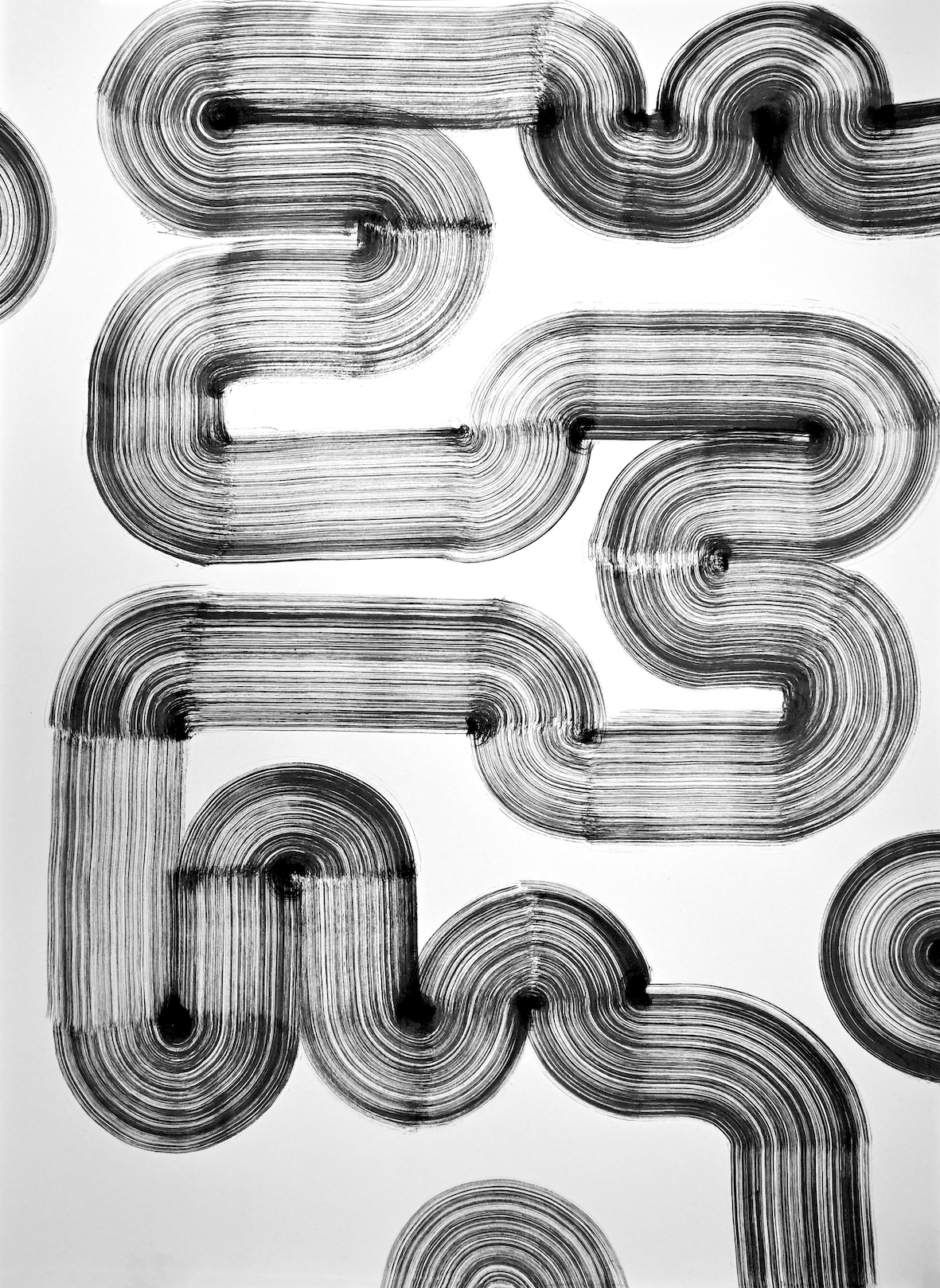
1) Walk me through a typical day in the studio for you?
SM: Since my portfolio of artworks is quite prolific, I'm usually sure what technique to paint with that day (depending on the day) and I start working on it. Somedays a creative outburst makes me drop everything and I ride the wave by painting the piece.
2) What is something viewers might not know about your work?
SM: I don't really plan a lot in advance before making something. Sometimes I'm just cutting a piece of canvas without deciding what to paint. Also, most pieces which I'm not happy with on completion sell quickly.
3) What is the most challenging part of your process as an artist and what is most rewarding?
SM: The most challenging part for me is since I do multiple techniques, I need to document everything to remember how I did it so that I don't repeat the same mistake in any of my techniques. The most rewarding part is the outcome of the technique and the visual joy of seeing a finished piece and that someone pays for it to hang it in their home.
4) Is there any advice you have for artists/creators during this difficult time?
SM: The time during lockdowns is a good time to try new techniques and do deeper in your journey as an artist and of course not to take the pandemic all too seriously and find healing ways to keep mental health as the first priority.
JAMES WILLIS

1) Walk me through a typical day in the studio for you?
JW: A typical day in the studio ( if there is such a thing!) If I managed to get a full day in the studio, or better still several in a row outside tutoring, lecturing or admin days, I try to get there as soon as I can in the morning especially if the weather is fine. It’s about 15 minutes drive from home. This means I can spend as many hours painting there as possible often until the light fails. Before I set off, I need to round up supplies for the day. Firstly, drinking water (as the water in the studio is not good to drink; but is okay boiled for coffee) any food or other drinks I need, art supplies I have walked if am running low on anything, my tablet for music, phone charges. If needed I pack some thermal underwear in the winter as there is no studio heating. Also, it is important not to forget reference books and preparatory drawings prepared at home. In general, I don’t announce that I will be going there so to avoid distractions phone calls and visits, but I’m always delighted to see Kate my friend and fellow artist who shares the studio for coffee and a chat when she is not away in India. Artists are always welcome Once at the studio park up and unload the car, unlock and pile in. Usually I leave the place tidy or in the state where I can continue with the project, usually one at a time. Occasionally it has been left in such a mess I need to clean up first. I generally paused to mentally plan what I want to achieve, look at the current project for a while and organise myself-painting shirt on and so on before approaching the painting. If it’s a new project I start from the drawing and select a pre-gessoed canvas. (I have to make gesso home as it is difficult to heat the size to a consistent temperature in the studio without any facilities) Next up ponder what the design will look like on the canvas; scale, composition, colour scheme then, when I feel ready, I start work-usually within 10 minutes of arrival but I can sometimes shuffle around for ages but that is quite rare. For me the simple process of walking through the studio door opens up the creative possibilities for the day and lose all other distractions behind. I guess because I have less time in the studio then I would like I have developed an efficient use of my time there. Apart from the occasional distraction, I’m notorious for working at an intense and cracking pace. This can last up to 12 hours or more in the summer when there is good daylight whilst I can work in artificial light, I do prefer natural light. it is essential for me when finishing work. Often if I need to work in electric light, I make use of it for the priming and underpainting stages and save daylight hours for the top layers of the painting. If I managed to find several days in a row and this process gathers momentum and dominates everything. I rarely break during the day, perhaps to swing some water from my supplies brought from home or have a snack: but usually I am so intensely involved I forget. In fact, this year in August I nearly cooked myself under the skylight for two days and almost got heat stroke so it is important at all times to keep rehydrated. Being overheated takes days to recover from! During a day’s painting I normally clean my brushes palette a couple of times to ensure the oil paints don’t get muddy and is worth the time spent I find. At the end of the day I always clean everything so the paint doesn’t dry and harden the brushes will need scraping off the pallet the next morning! All through the day I run backwards and forwards between the canvas on the easel at one end of the studio and to the opposite end to check the visual effect of brushwork or colours. At the end of the painting process nearly every brushmark requires a run to the other end of the studio to view it from afar. If I’m lucky it goes well if not a lot of scraping off with a palette knife takes place before I leave ready to start again the next day. Initially this seems very frustrating having wasted some valuable time but often it is the right decision to ensure the painting develops well even at the point of destroying a day’s work. So for me the studio is both a creative and active painting place as well as a retreat for all the other activities I do during the week. I’m extremely lucky to have such a good space to work in and I think that fact motivates me even more to try and do better each time I visit. And that’s about it for a day in the studio, it really is just about painting.
2) What is something viewers might not know about your work?
JW: The huge amount of graphic preparation and research. All of my large architectural work requires intense and accurate scale drawings to work from. These usually begin with visiting a location with a sketchbook making a series of quick 30 minute sketches and photographs to take back to the studio to inspire the working drawing for a painting. Some of these can take as long as the painting itself. Without them I get lost in architectural detail or tonalities which are usually sorted out in the drawing before the painting begins. The colour structure of my oil paintings is, contrary to what may first appear on the canvas, carefully worked out and organized in advance. The balance of cool and warm, neutrals, intensity and saturations in colour have been thought through building on my research, experience and practice. I think it is important for an artist to really understand the thousands of pigment combinations and their relationship to each other in order to paint from their heart. This takes considerable time and effort to become fluent and is an ongoing challenge for an artist. I use a range of the best artists oil paints including Michael Harding, Old Holland, Winsor and Newton amongst others. My really big paintings begin with a very loose colour fields of underpainting applied with a big brush. As I progress during the painting process most of these big canvases are painted with a range of small brushes between half and ¼ of an inch wide. The paint textures are very much considered in advance as well. I work in the traditional method of fat over lean, or thicker paint over thin and unless I think through what I want to leave showing from the early layers and the colour and the texture I require of them I can easily get in a mess later! Because I’m working from a very detailed drawing mostly my work on canvas does not require the similarly detailed drawing as I’m continually referring to the pencil work on paper prepared in advance. To begin with I usually map out the composition with areas of coloured underpainting and a few linear brush marks to define the main structures. The rest of the composition is built up tonally and with patches of colour stage by stage. Colour choices very much decided by the atmosphere and light the effects I wish to convey, most often this involves a very limited palette of earths and blues with only a handful of bright pink ones to create the lively contrasts I am aiming at. In most campuses use three or four different white to exploit the different mixing qualities, transparency or opacity. A lot of people think a painting just happens and an artist needs no knowledge apart from drawing or colour mixing skills but I believe no art can be made in isolation without reference to some form of artistic expression that has gone before it; it can’t appear from nowhere. Half my working week is researching, lecturing or teaching painting and this gradually accumulated knowledge of art history, techniques and developing skills is essential in helping develop my painitng process and achievements. Often painting is a subconscious or intuitive action but beneath the final image lies deep rooted knowledge and experience-I hope!
3) What is the most challenging part of your process as an artist and what is most rewarding?
JW: I think the most challenging part of working as a painter is juggling my timetables to allow sufficiently long amounts of time in the studio. Like most artists I have to do other things to earn money to support the time I spend painting and these include lecturing, research, tutoring painting classes and tutorials both online, especially at the present time, and live. All of these activities are quite demanding in terms of administration and most have to take place during the working day which is frustratingly of course, the best daylight time to work in the studio as well. A balance has to be found between all of these tasks to allow more painting time. I think the most important skill an artist has to acquire is that of time management. In the studio the main challenge in the winter is the freezing cold temperature as there was no heating. I hate the cold and so wrap up warm on sunny days if the light is poor or it’s raining is quite a miserable place to work so I usually spend some of that time working at home research or preparatory drawings and watercolours. In the process of painting a big challenge is having the confidence and vision to interpret an idea fluently and with a sense of myself in the painting whether it be the way I apply the paint or my own feeling and response to the place I am painting. I think over time a personal style evolves; it cannot be forced or invented it just arrives and then continues to develop. If I look for it it cannot be found but when I am painting well, there it is! I suppose I have developed the skills in concentrating for long periods of time to maximise the time I have available. I find this the best way for me to work but I know doesn’t suit everyone. The most rewarding aspects of working as an artist are, I think, twofold: feeling satisfied with a day’s work or the final painting and when someone views your painting and falls in love with it.
4) Is there any advice you have for artists/creators during this difficult time?
JW: First of all remember you are an artist-a creative, talented and visionary human being. Keep your vision at the front of your mind even if you’re not working on your creative projects. Use any time you are not able to create, whether it is access to materials, working space or your mind is distracted by the current pandemic, to dig deep within yourself to find new inspiration and confidence. Explore new ideas and keep a sketch book. Keep calm and believe in your creative power and that when the time is right it will return in full force enabling you to express your ideas. Artists are often solitary people, that is the nature of our work, but in these isolating times it is so important to keep in touch with friends and family, and even make new contacts in our field. This period since March 2020 has been challenging for everyone and especially for art practitioners be they painters, sculptors, musicians, actors and many others. We are all in this together and as creative individuals will find our own way through the confusion. For me it has been a time of deep personal introspection and development; gradually what is really important to me creatively has emerged. This has meant letting go of many established ways of thinking and connections enforced by the lockdown and having to explore new media and ways of delivering what I do. Thank heavens for technology! It is also unlocked new and more significant layer of creativity in the studio which I’m continuing to work through and explore so overall it has been a time of consolidation of skills and knowledge, the time for exploring more about James the artist and very creative and productive time once my mind was focused. All of us are all lucky to be artists and creative people it is through us people see the world in new ways or in ways they have never recognised. Our skills and knowledge do not stand still they develop enabling us to express more for the wider community to share. Yes, these are difficult times but with creative thinking we will get through them.
DAVID RIDLEY

1) Walk me through a typical day in the studio for you?
DR: A good cup of early morning coffee and the studio go hand in hand! I like to put on some background music which can often be a very mixed playlist, then I take some time to reflect on previous pieces and consider the next process on the piece or often several pieces at hand. I will regularly break up the day by going for a run or some form of exercise and then approach the pieces again with a fresh eye! With many of my works being very physical and heavily textured, I will often lay down these thicker areas the evening before approaching the canvas - well in advance to allow plenty of drying time. It is important to build up layers and brushmarks to create the atmospheric feeling in my pieces, often rotating many canvases at a time. Sometimes it will be a case of getting lost in the creative process, completely losing track of time. I will regularly break up the day by going for a run or some form of exercise and then approach the pieces again with a fresh eye!
2) What is something viewers might not know about your work?
DR: I have often incorporated the use of industrial/building materials into my work, giving a real sense of touch and rawness. Through materials to build texture in the foreground and even using some industrial tools to apply the materials. Often even a squeegee to create specific marks!
3) What is the most challenging part of your process as an artist and what is most rewarding?
DR: I will sometimes approach the canvas horizontally on the floor to add specific touches, little details that allow me to see the piece from a different angle than its usual upright position. It can be somewhat challenging to know which direction to push the work further sometimes, breaking out of the habit of using specific colour palettes/ marks and trying to constantly experiment with new techniques and application. It is always greatly rewarding and fulfilling seeing photos of the finished pieces from clients insitu - seeing how the space is transformed. Knowing that someone has invested in your work and hopefully will cherish it for years to come!
4) Is there any advice you have for artists/creators during this difficult time?
DR: I think it is important to keep some form of routine during this unique situation, maybe using it as a time to really experiment with materials and try out some new techniques. Possibly even looking towards a different subject matter or incorporating new elements into your work. Getting immersed in being creative in whatever form can be a real help and freeing act during this challenging time.
PHIL DAVIS

1) Walk me through a typical day in the studio for you?
PD: Freshly ground coffee followed by plenty of instant throughout the day! Plus refilling my paint jars with fresh water, turps and brush cleaner before starting. Then I’m relaxed enough to focus on my plans. Generally I like to have a fairly precise idea of the piece I intend to do and how I want it to turn out, so I rehearse with prelim sketches till most of the aspects are right. Once I’m on the final, the process is relatively slick, but I allow for improvisation and the instinctive moments to take place within it, so long as it doesn’t deviate from the main idea.
2) What is something viewers might not know about your work?
PD: That the look of my work is partly inspired by music. Music plays a crucial part in how the colours can unfold in unpredictable ways and in capturing the heightened intensity I like to feed into my paintings, because the various sounds of music unlock emotions within me, and that impacts how I apply the paint to canvas. I find that jazz gives me the best kind of visual inspiration because the particular sound of jazz is very free in spirit. Also, in pretty much everything I do I will try to put myself and my own personal psychology into the narratives. I like to blend elements of things that are personal to me and where I’ve been, even if they’re subtle.
3) What is the most challenging part of your process as an artist and what is most rewarding?
PD: Commissioned work can be challenging sometimes, even if you’re doing something in your style and clients have approached you for that reason, ultimately the narrative is still down to the client and they give the yes or no verdict on the final result, so there’s that element of holding back in undertaking them. Knowing when to stop on a painting, and as experienced as I’ve gotten there are still moments where I lose myself and forget to be objective about my own work. As an artist there is always the desire to be curious and experiment in accordance with a particular idea in my head, but I have to remind myself to avoid crossing the line between experimentation and self indulgence. I still have feelings of self-doubt, and those feelings can at times be consuming and crippling. It’s a hard climb to take to make a living at, and trying to do so does take away the element of art for pure pleasure. Ultimately however if you’re lucky enough to be able to do it then there’s no greater reward than doing something that you love doing and that means everything to you.
4) Is there any advice you have for artists/creators during this difficult time?
PD: It is a very uncertain time right now and everybody in all professions is experiencing the ramifications of it, especially artists and those working in creative industries. More than ever, the only advice I can offer is just to keep going in whatever creative way you can, and if you’re starting out, to ultimately never lose sight of your goals. Even if it means simply spending time honing your craft because of a knock to or a setback in sales, then it’s still worth doing, practice makes perfect after all. Or if you feel the desire to do it, use your creativity to reflect what is going on right now with the pandemic, art is after all also about reflecting the time that we are living in. The point I’m making is there are many ways you can still be creative if you have the focus and positive frame of mind. I’m lucky to be able to do what I do, and I think any artist should feel privileged to have the option of being able to use that ability, whatever the circumstances. Making as much use as possible of those gifts in whatever ways you can is the best form of therapy right now.
